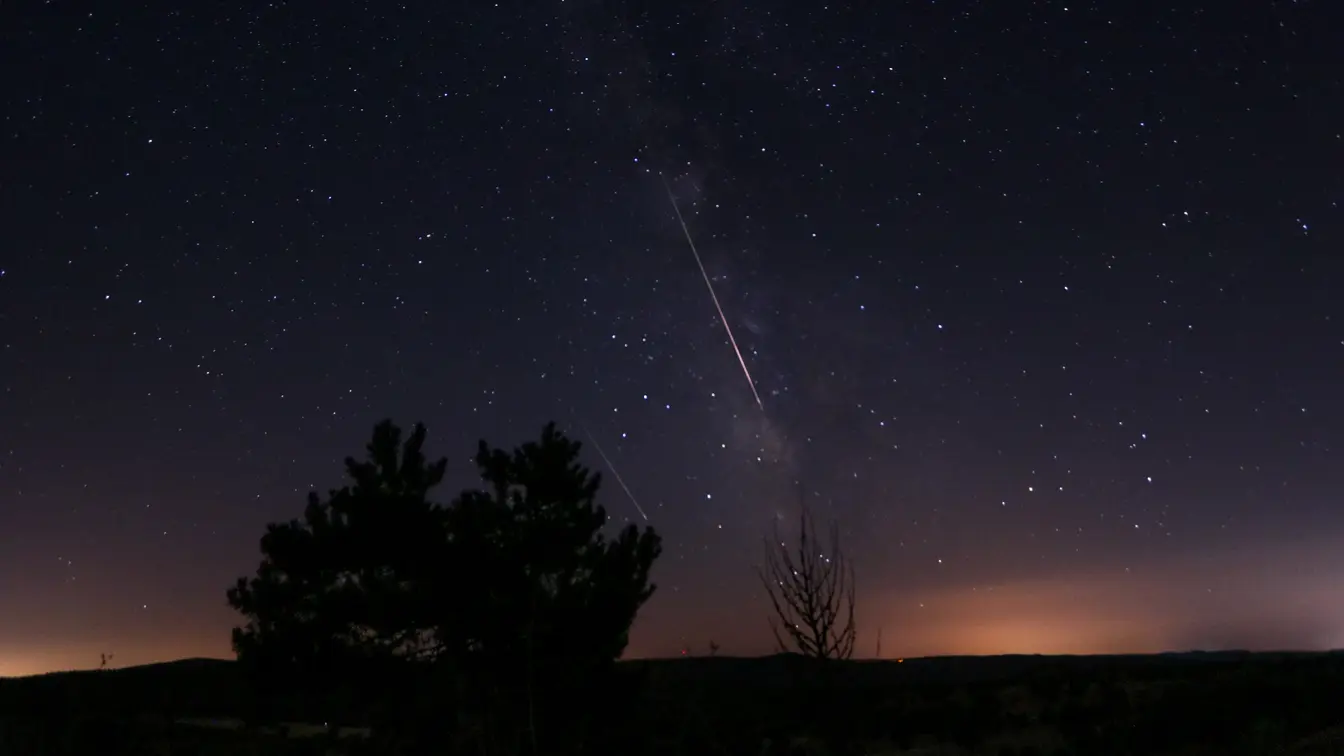T4K3.news
Interstellar comet image captured
Hubble reveals the sharpest view yet of 3I/ATLAS as it speeds through our solar system
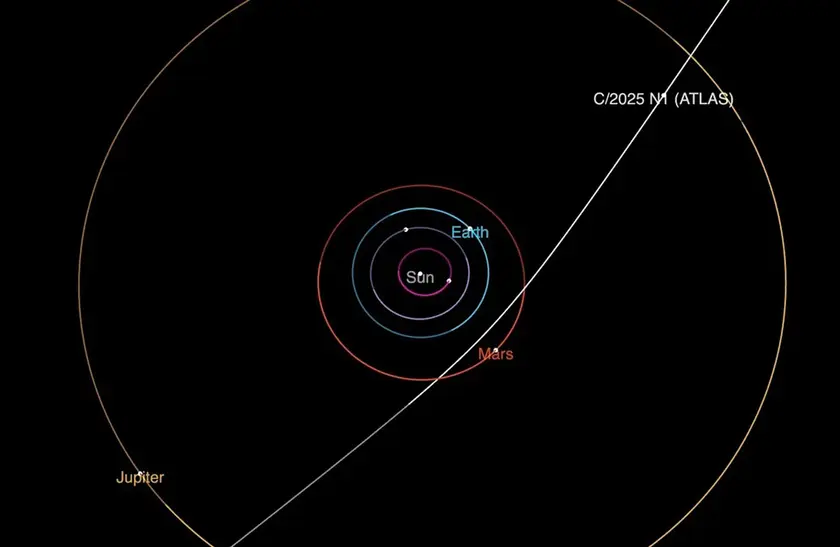
Hubble’s latest view of 3I/ATLAS offers the clearest look yet at a visitor from outside the solar system, as astronomers track its path through our neighborhood.
NASA's Hubble telescope captures sharpest image yet of interstellar comet racing through solar system
NASA’s Hubble Space Telescope has captured the sharpest image yet of interstellar comet 3I/ATLAS, a traveler that likely formed far beyond the Milky Way. The object was first spotted on July 1 by the ATLAS program in Chile and is only the third known interstellar body to pass through our solar system. At its farthest, it was about 420 million miles from Earth near Jupiter, moving at roughly 130,000 mph.
Despite its speed, NASA says the comet poses no threat to Earth or the Moon and remains roughly 150 million miles away. The image helps constrain the nucleus size, with scientists estimating it is no larger than about 3.5 miles across, and the body appears teardrop-shaped with dust streaming from its icy core. Observations from Hubble, along with JWST, TESS and Swift, are expected to continue until the object moves behind the Sun and reappears in December.
Key Takeaways
"This is like glimpsing a rifle bullet for a thousandth of a second."
David Jewitt on the image's sharpness
"3I/ATLAS should remain visible to ground-based telescopes through September."
NASA statement on visibility window
"It is expected to reappear on the other side of the Sun by early December, allowing for renewed observations."
NASA statement on observing window
This event shows how a single image can open a window into a universe beyond our own. Interstellar visitors remind scientists that the cosmos is not a fixed stage but a dynamic highway of travelers, carrying materials and clues about other star systems. The collaboration among space telescopes also demonstrates how multi-instrument data sharpen our understanding, even when the subject is moving too fast to study in detail.
Beyond the science, the sight of a traveler from another star system invites a broader reflection on what we know and what we yearn to know. The story exposes gaps—most notably where the object came from—and underlines the need for patience as telescopes chase faint signals across months of sky. It also underscores the value of sustained funding and international cooperation in astronomy, which turn rare appearances into lasting knowledge.
Highlights
- This is like glimpsing a rifle bullet for a thousandth of a second.
- 3I/ATLAS should remain visible to ground-based telescopes through September.
- It is expected to reappear on the other side of the Sun by early December, allowing for renewed observations.
More data will shape our view of other star systems without interrupting our daily lives.
Enjoyed this? Let your friends know!
Related News
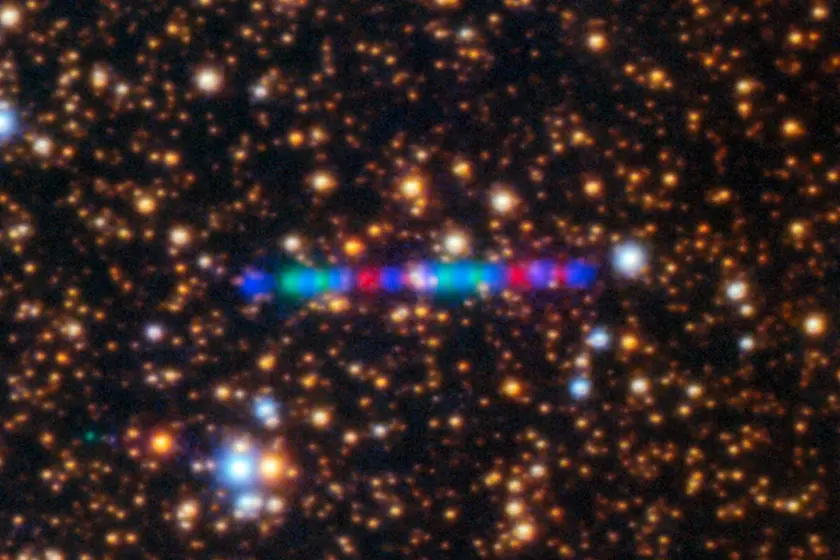
Gemini North images interstellar comet 3I/ATLAS
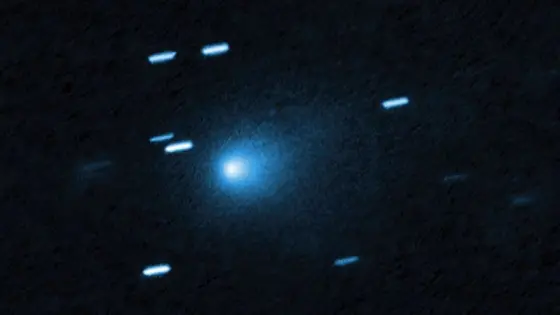
Hubble reveals interstellar comet 3I/ATLAS in stunning detail
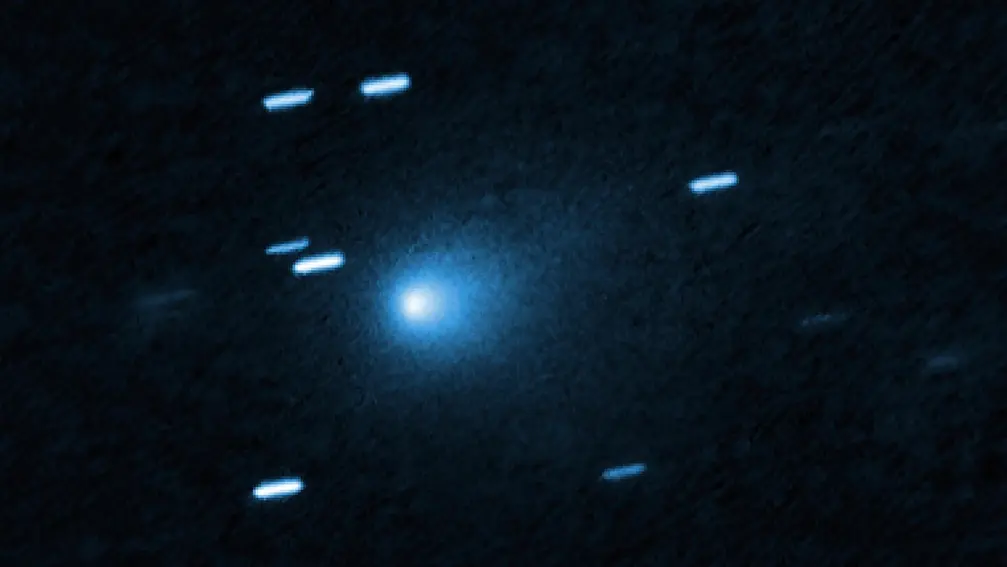
Hubble reveals best image of interstellar comet
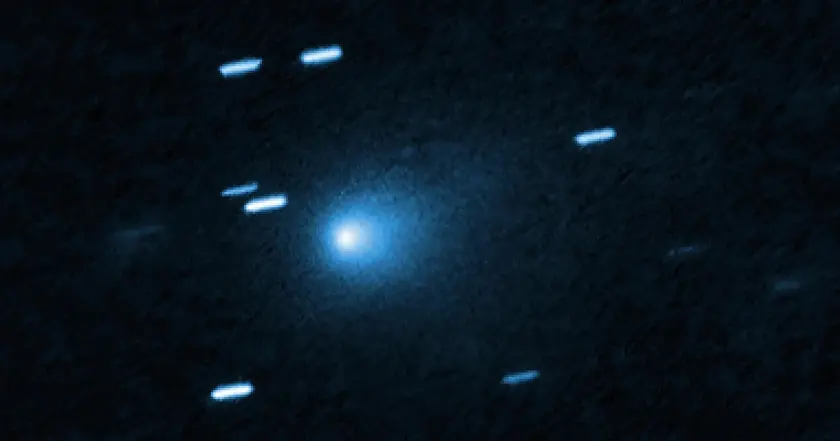
Hubble captures interstellar comet Atlas
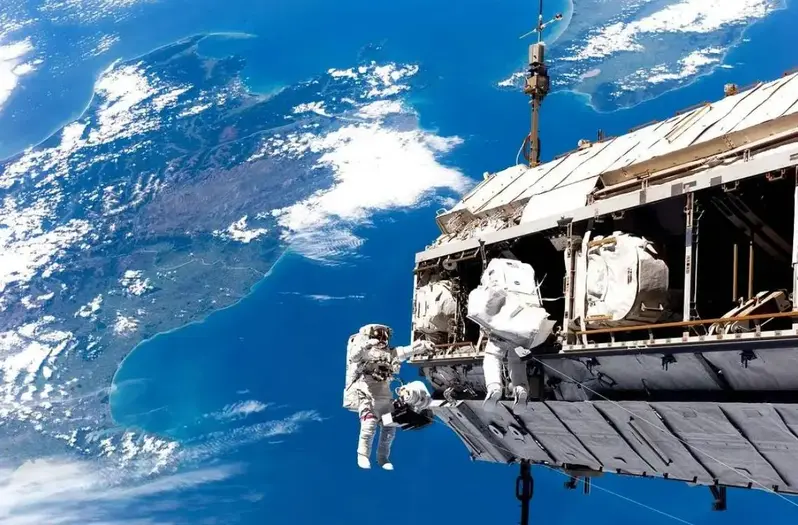
NASA astronauts capture stunning celestial events from ISS
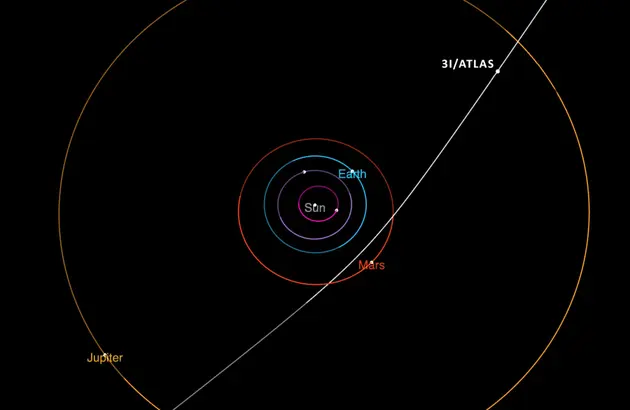
ASU's Kenneth Carrell comments on interstellar comet 3I/ATLAS
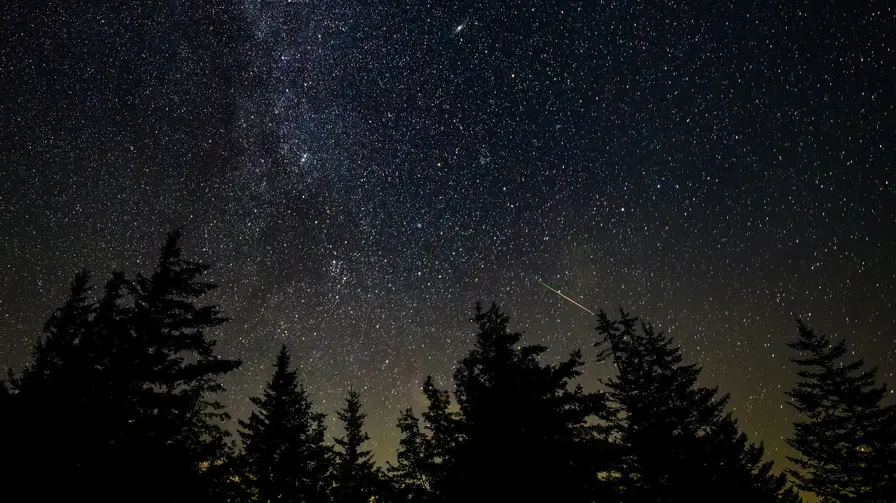
Skywatchers enjoy spectacular meteor display in West Virginia
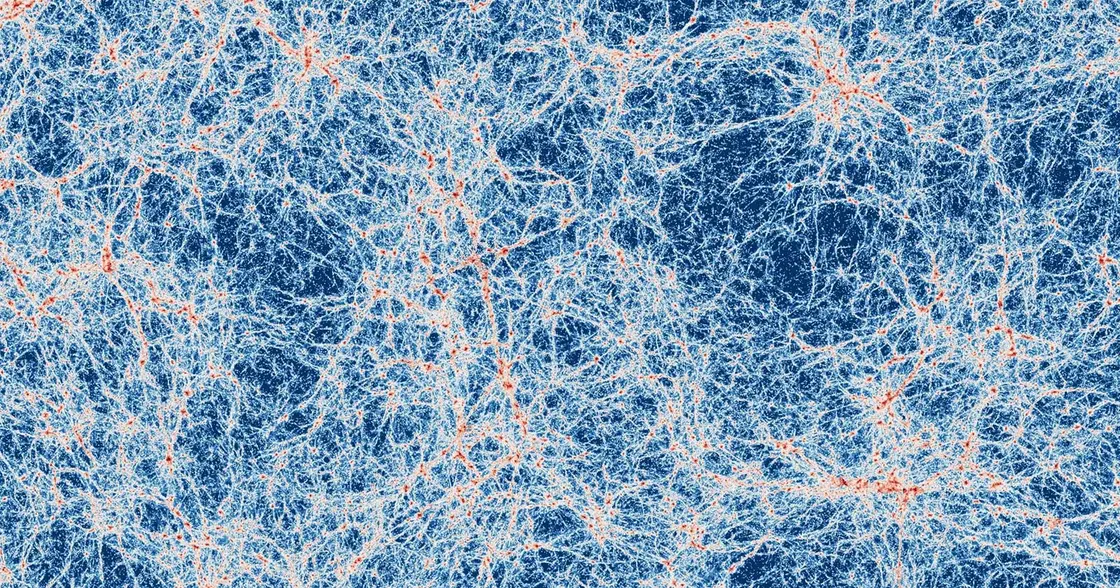
Astronomers capture first images of cosmic web
